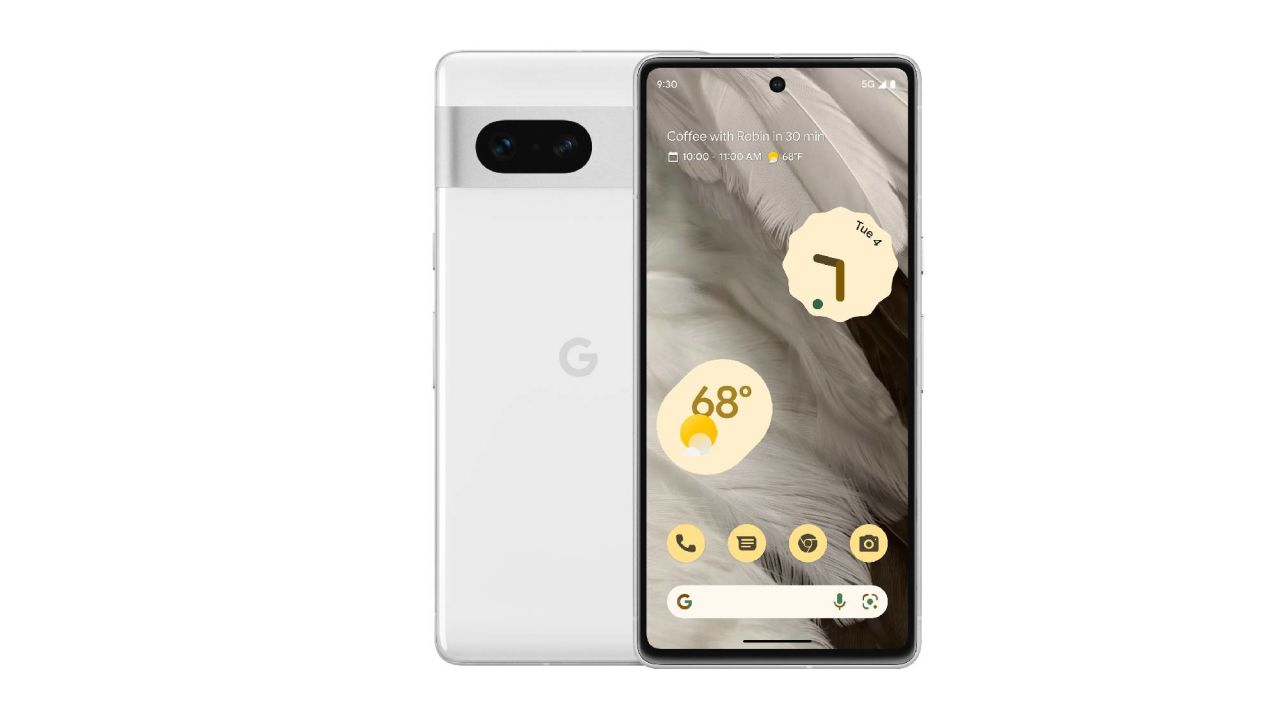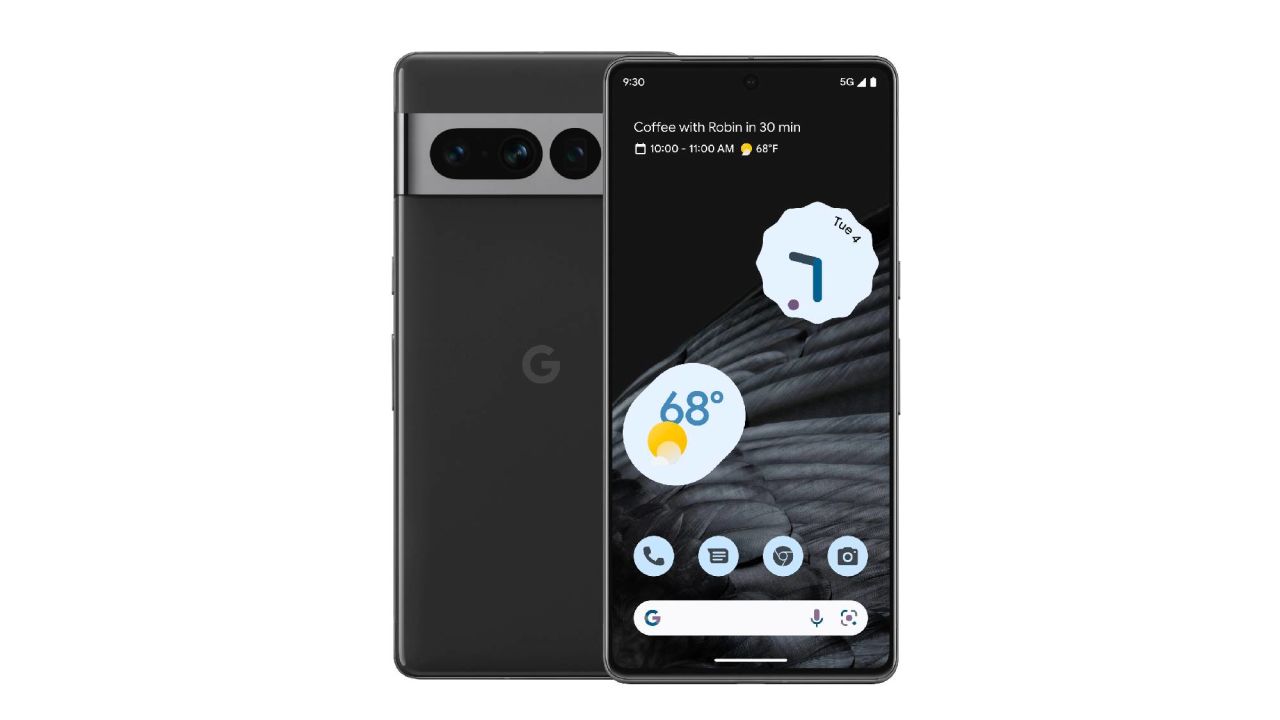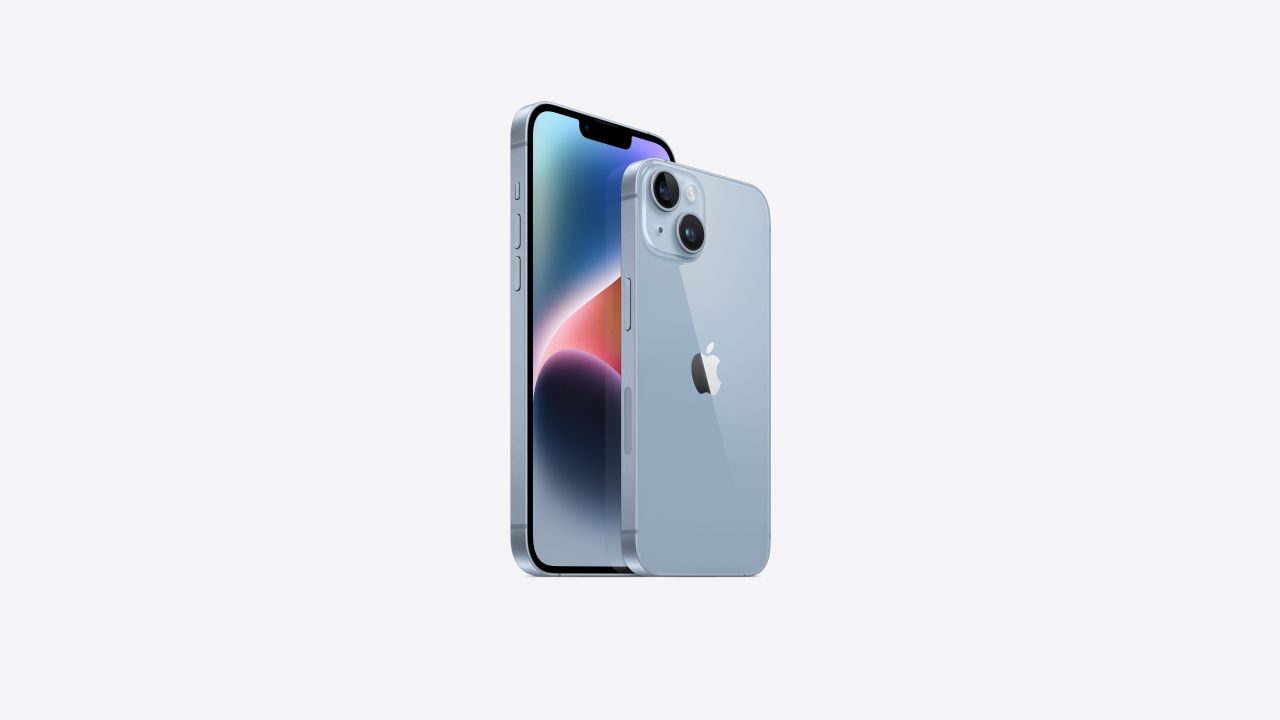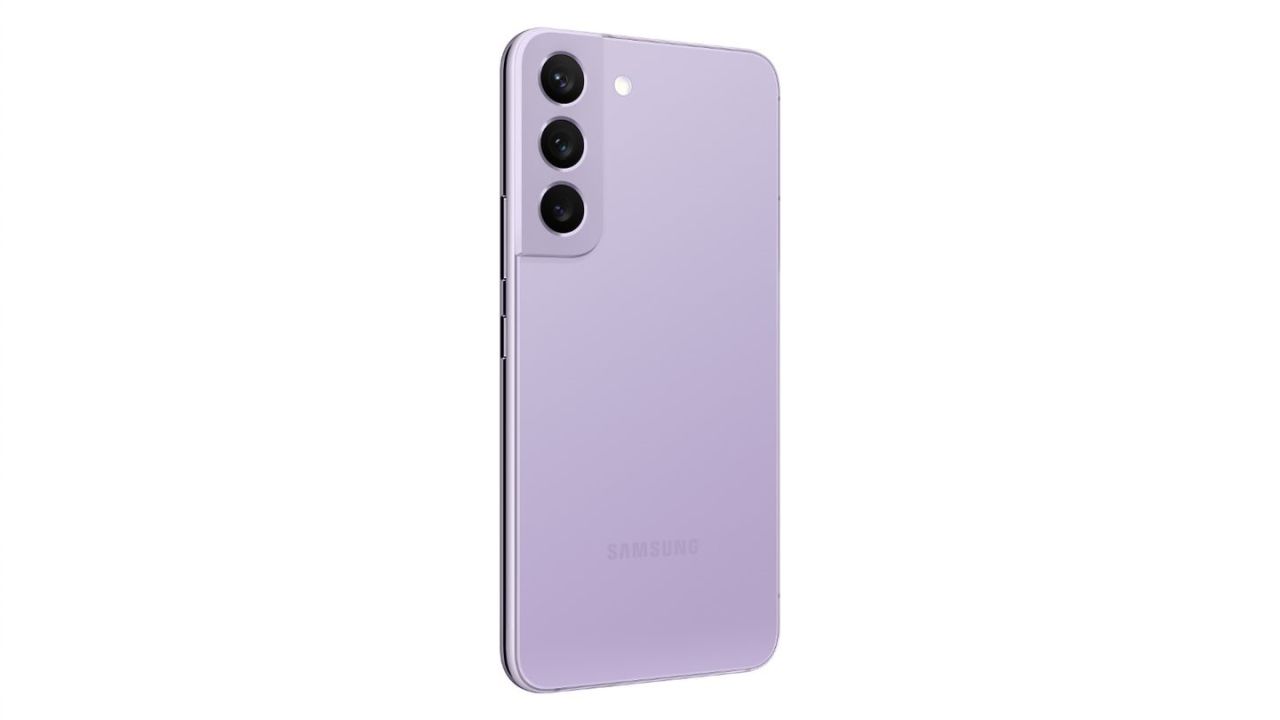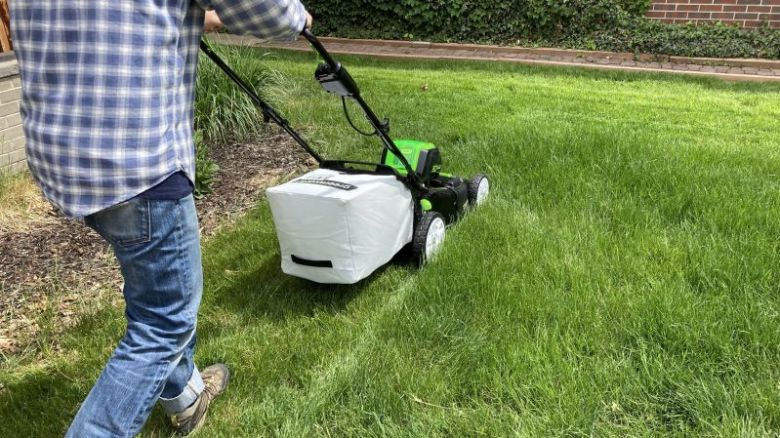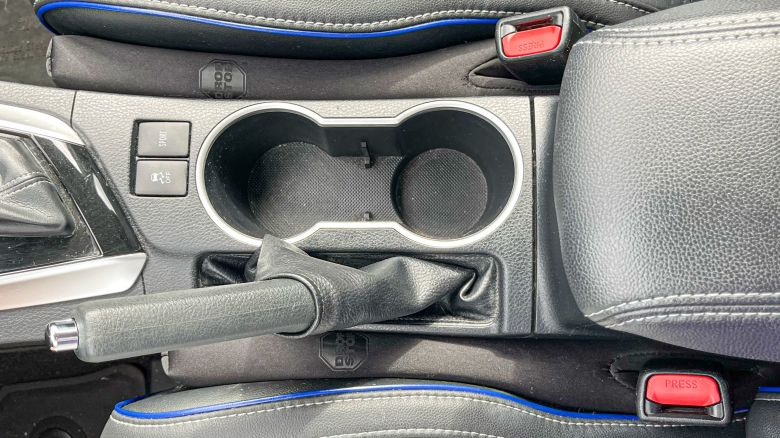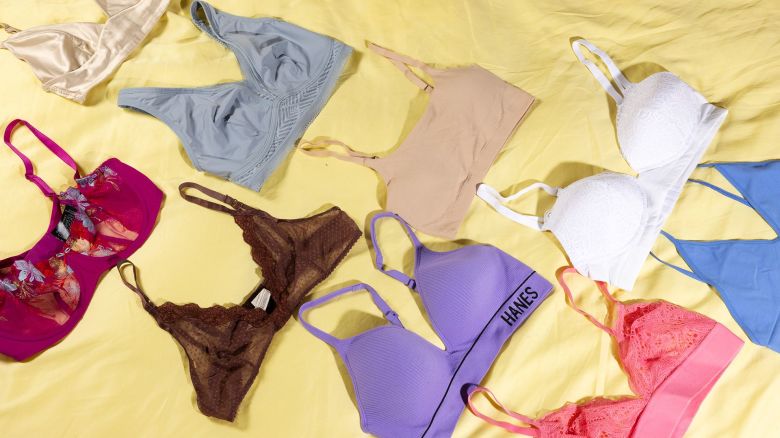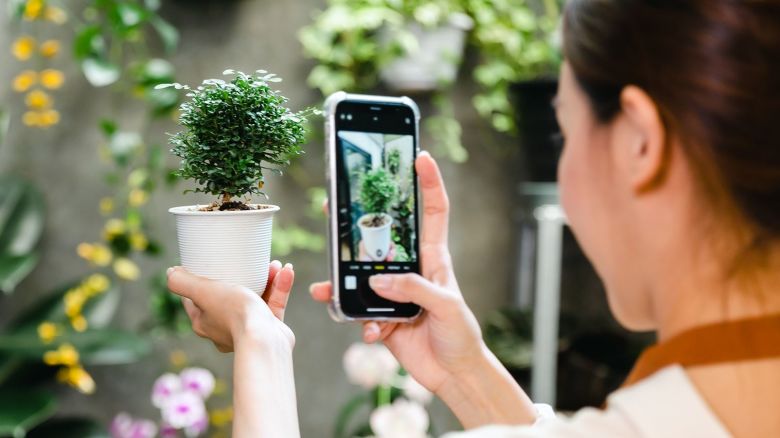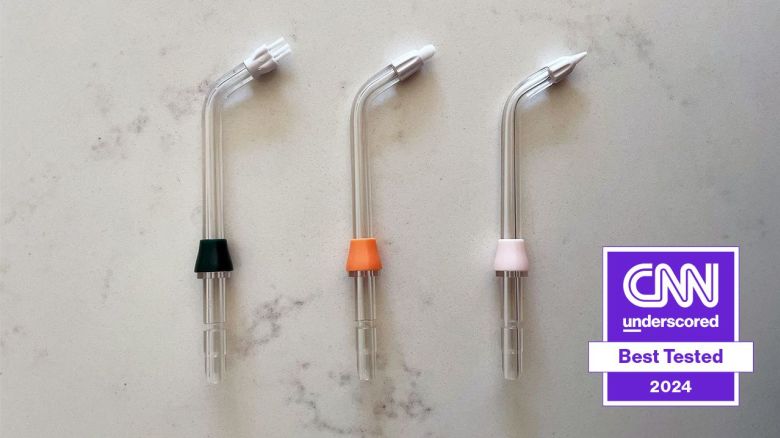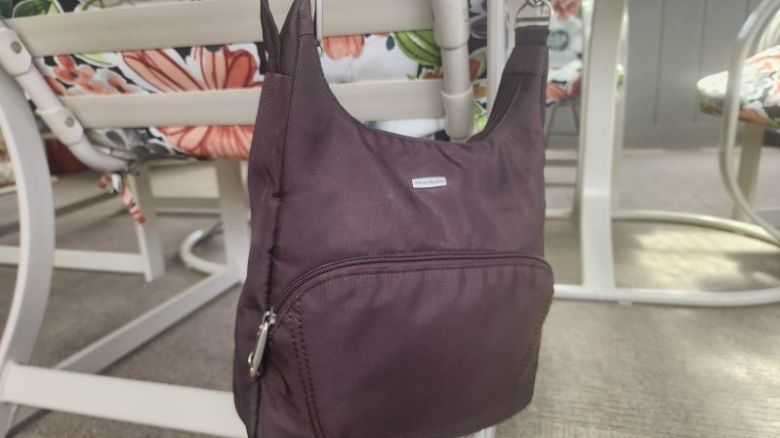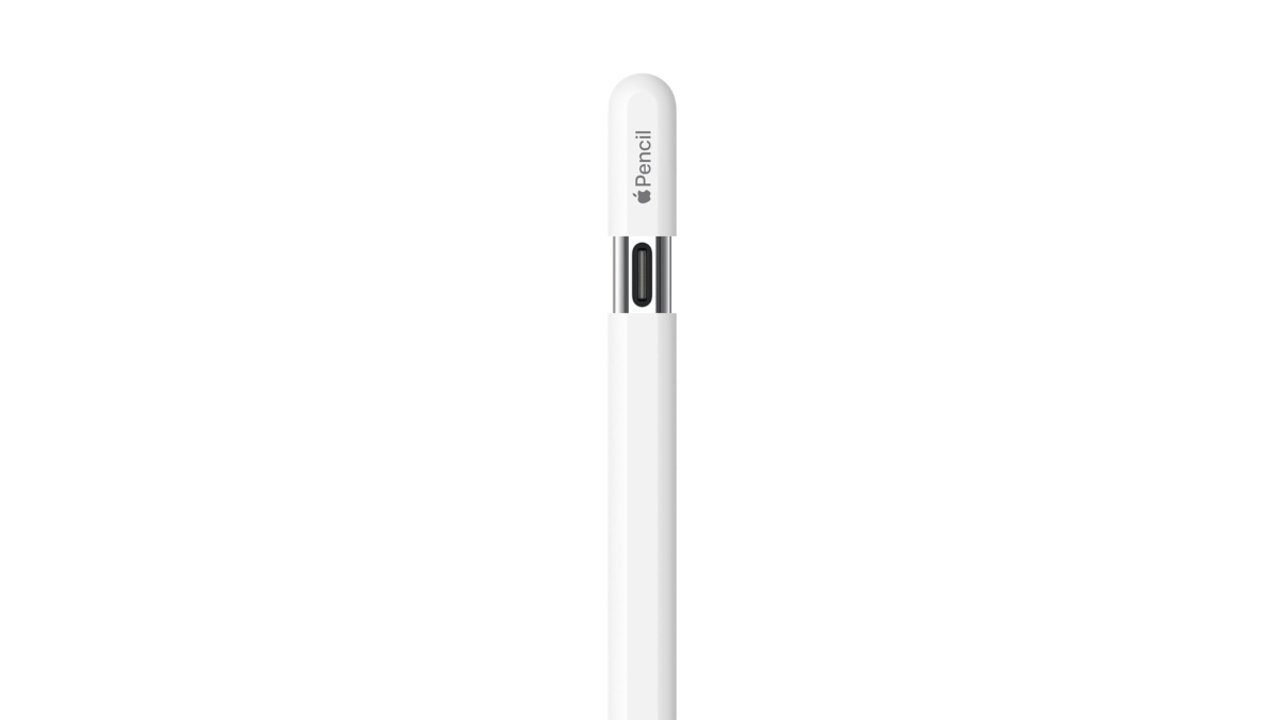The Pixel 7 and 7 Pro are Google’s high-end smartphones for 2022, and I’ve spent a week with them to see if they live up to the high benchmark set by past Pixel phones.
These devices are similar to the Pixel 6 and 6 Pro from last year, so much so that reviewing them was a pretty easy job. A lot of the good stuff in the Pixel 6 series has returned — the cameras are still great, the software experience is amazing and the displays are awesome. Meanwhile, some of the bad has unfortunately carried over (like battery life), and in some cases has gotten worse.
Should you pick up the Pixel 7 or 7 Pro as your next smartphone? Let’s talk about it.
What we liked about it
Big, beautiful screens that get a boost in brightness
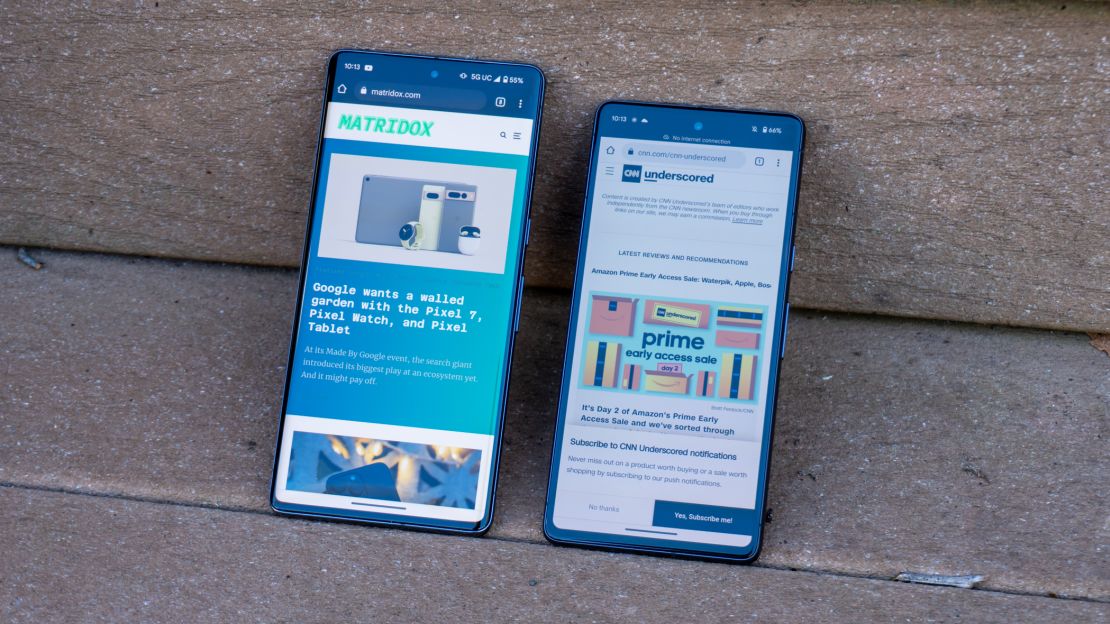
Google has come a long way from its days of shipping lackluster smartphone displays. When the Pixel series was just getting started, their screens just couldn’t compete with the best on the market. Nowadays, the Pixel can not only compete but outclass phones in its price range, thanks to how great their screens are.
The Pixel 7 sports the same 6.3-inch Full HD+ OLED display as the Pixel 6, while the Pixel 7 Pro sticks with a 6.7-inch Quad HD+ OLED panel. Both offer spectacular color and sharpness so that everything from movies to simple text looks great. Compared to other phones like the iPhone 14, the Pixel manages to hold its own.
Google even made them brighter this generation. The Pixel 7 can reach 1,400 nits of peak brightness, while the 7 Pro can go up to 1,500 nits. That’s about a 25% increase over the Pixel 6 series, and it makes both phones some of the brightest you can buy. In day-to-day usage, the difference is most noticeable when in direct sunlight since everything on your screen will be a lot easier to see.
It’s also worth pointing out that the Pixel 7 Pro’s curved edges on the left and right are less dramatic than they were on the 6 Pro, which helps reduce accidental touches and warping when watching full-screen video.
High-end designs
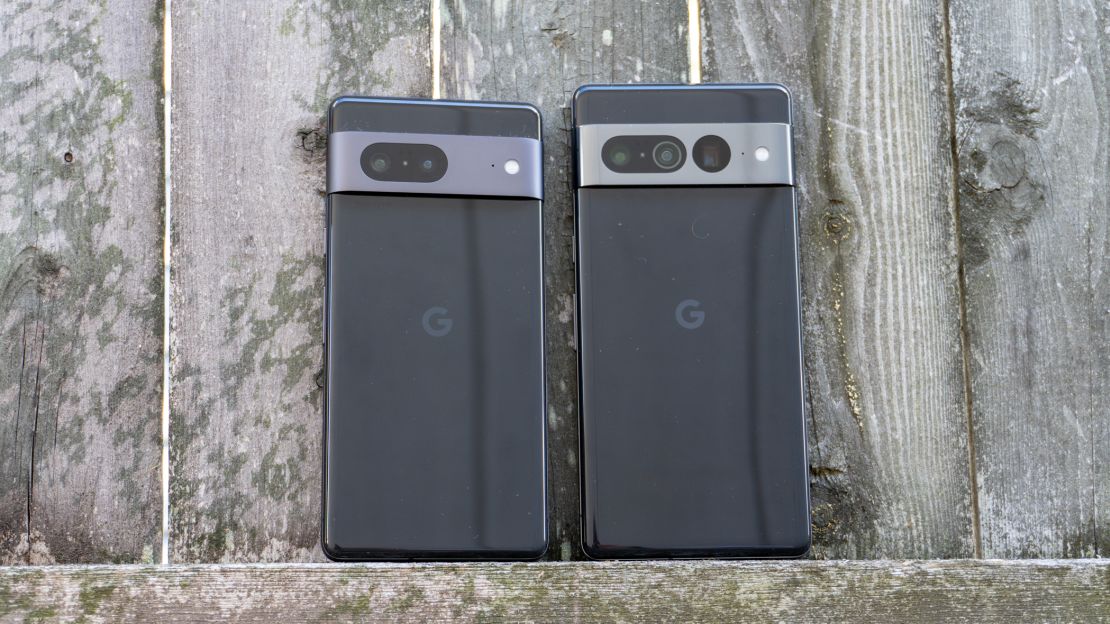
I don’t care who says otherwise, the Pixel 7 and 7 Pro are really good-looking phones. It’s another area where Google has really stepped up its game compared to previous versions of the Pixel.
Both phones offer glass and metal designs, with the Pixel 7 opting for a matte finish along its aluminum rails. Meanwhile, the 7 Pro gets a classier glossy finish. With each device, Google says it’s using much more refined finishing processes, which makes the Pixel 7 series feel softer and comfier to hold.
The colors are a bit neutral this year. The Pixel 7 comes in Obsidian (pictured here), Snow and Lemongrass. The Pixel 7 Pro swaps the latter out for a new Hazel finish, which I hear is very popular among potential buyers.
The overall construction of both phones is very nice, with each device feeling extremely solid and premium. The Pixel 7 is the easiest to carry of the two form factors, but I didn’t have any real issue carrying the 7 Pro. Just know that if you have smaller hands, the 7 Pro might be tougher to manage given its larger screen.
Rounding things off, the buttons are nice and clicky, the camera bar remains one of the most unique design features in the entire smartphone market and the hole-punch cutout at the top of the screen is completely unobtrusive (although a little boring compared to the Dynamic Island notch on the iPhone 14 Pro).
Google’s Tensor G2 gives the Pixel 7 a boost, and not just in performance
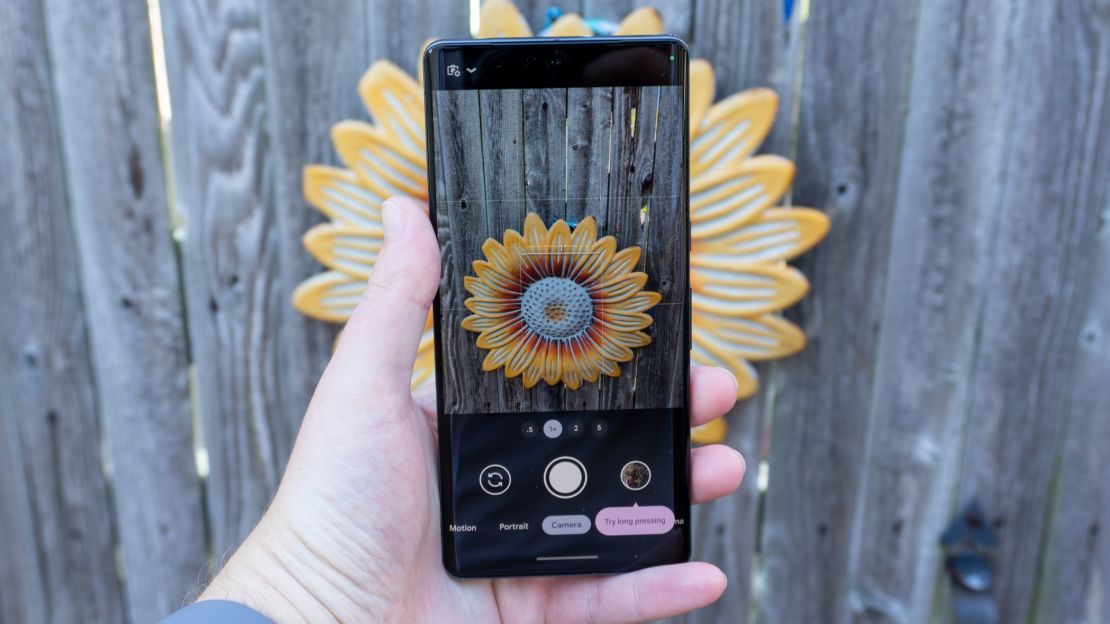
Last year, Google ditched Qualcomm for the processor in its Pixel phones and started including its own custom-made Tensor chip. Tensor gives Google far greater control over how certain areas of the Pixel perform, like machine learning and multitasking. The original Tensor chip proved to be reliably snappy and well optimized for the Pixel’s software in our testing, and the new Tensor G2 in the Pixel 7 is no different.
On both the Pixel 7 and 7 Pro, the G2 provides ample power to handle just about anything you throw at it. And I went hard during my testing — I’m talking multiple apps open at once, heavy games running in the background, floating videos using picture-in-picture and lots of camera testing, among other things. Neither Pixel ever really choked, which was quite impressive for Google’s second swing at a custom SoC (system-on-chip).
Beyond general performance, I also noticed that things like the Google Assistant and the Pixel’s various machine learning tricks felt a bit snappier and more responsive. I’ll get to the Pixel 7’s newest software features in a second, but compared to my Pixel 6 and 6 Pro, the 7 and 7 Pro just felt like they were faster and more reliable.
In terms of RAM, the Pixel 7 has 8GB, while the 7 Pro gets 12GB. In my testing, I did notice the 7 Pro’s extra memory helped make a difference in performance, at least when it came to juggling tasks and running multiple things at once. If you don’t typically do a lot of multitasking on your phone, the 8 gigs that the Pixel 7 has will be more than enough for you.
One more note on performance and specs: You can finally get a Pixel 7 with 512GB of storage. That tier is only available for those who pick up a Pixel 7 Pro, but it’s nice to see nonetheless.
The Pixel experience remains the best version of Android, and it gets even smarter
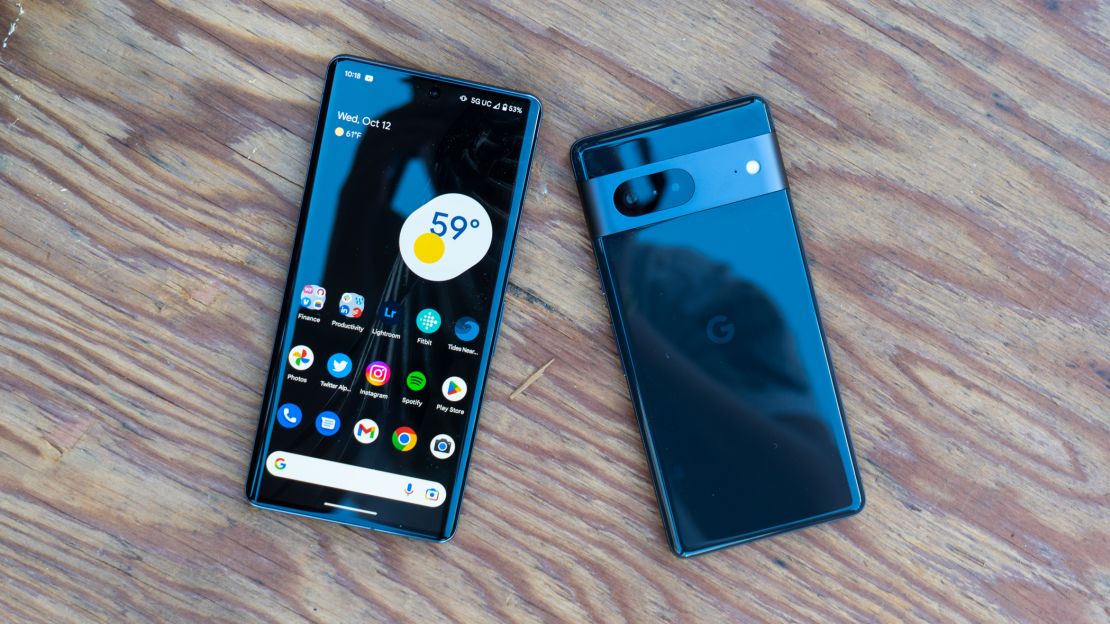
Without a doubt, the Pixel 7 and 7 Pro have the best version of Android you’ll find on any phone. Google’s Material You UI atop Android 13 is simply delightful to use — it’s fast, it’s fluid and it makes you feel at home the second you start using it. I love how easy it is to flip through open applications, look something up using the Google Assistant, manage my notifications and identify the song playing on the overhead speakers in my local coffee shop with Now Playing.
With the Pixel 7 and 7 Pro, that experience is only getting better. It’s even smarter now, with two of the biggest upgrades involving the core function of a smartphone: calling.
With the Pixel 7, Google includes Clear Calling, which can filter out background noise and wind to help make phone calls as clear as possible. This feature is set to drop later this year, but even without it, I had a great experience making phone calls in a number of settings.
The other new calling feature is Direct My Call, which was available on last year’s Pixel 6. With the Pixel 7, it’s being upgraded with the ability to show you a company’s phone menu options before its machines present them to you audibly. That way, you can jump to the main reason you’re calling much quicker.
As cool as this feature is, I wasn’t able to test it, as I couldn’t find a number that was participating in Direct My Call. That’s the thing about this feature — businesses need to make their answering machines compatible with Google Duplex (aka Google’s software wizardry for phone calls) before Direct My Call can work. Right now it’s not that widespread, but over time more businesses will surely jump on board.
The Pixel 7 is also getting an upgrade in the voice memos department. Now, when you use the Recorder app, your phone will not only transcribe everything for you but also label each speaker so you can reference it much easier later on. Like Clear Calling, this feature is set to drop later this year.
Google says the Pixel 7 and 7 Pro will get a maximum of five years’ worth of software updates. That’s more than enough for any casual user of a smartphone, since upgrade cycles are typically two to three years for most folks. Four of those years will be taken up by major Android upgrades, so you can expect the Pixel 7 to get Android 17 in 2026.
The cameras keep up with Apple and Samsung, and their software is even more powerful
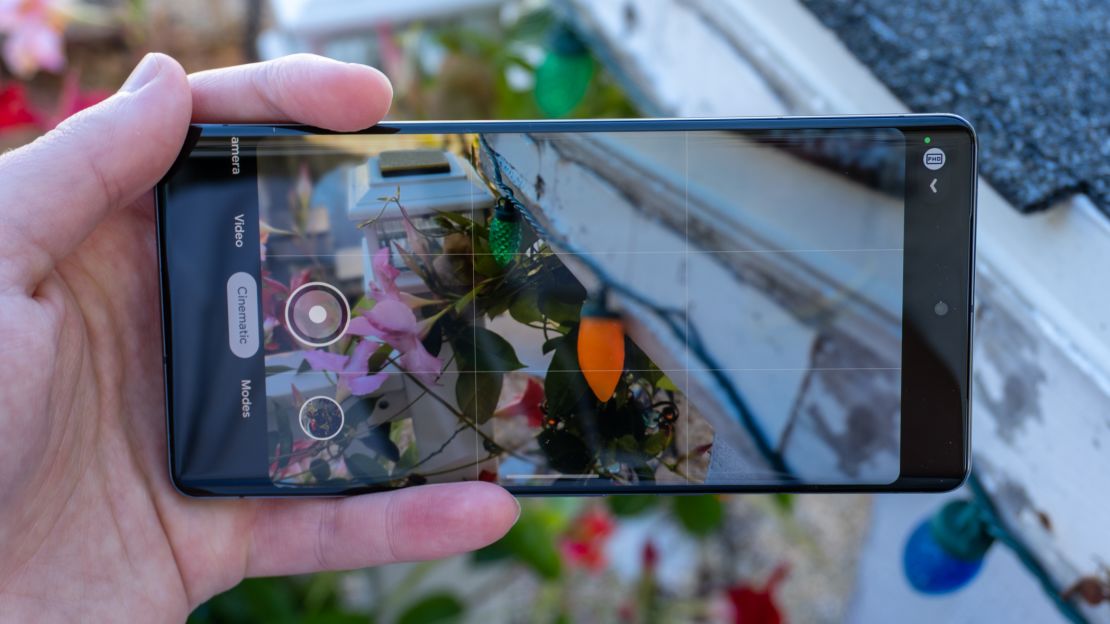
The camera section of any Pixel smartphone review is always a big deal, since Google is known for having some of the best shooters you can get in a phone. The Pixel 7 and 7 Pro basically take last year’s Pixel 6 and 6 Pro setups and turn things up a notch, resulting in cameras that you can depend on day in and day out.
Each device ships with the same 50-megapixel main camera, which has been upgraded over last year’s 50-megapixel sensor with improved detail and sharpness. Compared to the Pixel 6, the Pixel 7 offers a bit of extra detail in each picture you capture, while everything else like color reproduction and brightness remain unchanged. It’s great for any subject, object or scene you focus on.

You may be wondering how these cameras hold up to the latest from Apple and Samsung. After taking numerous comparison photographs, I can confidently say that the Pixel 7 and 7 Pro are on par with the iPhone 14 Pro and Galaxy S22 Ultra. Photos taken from all three devices offer a different type of processing, with some (like the Galaxy) favoring vibrant colors, while others (like the iPhone) aim for a natural aesthetic. The Pixel 7 and 7 Pro are somewhere in the middle, while also adding some rich contrast for a more pleasing end result. Really, it’s a matter of personal preference since all of these cameras are quite good nowadays.
The biggest new feature on the upgraded 50-megapixel shooter is a new 2x button, which lets you use the middle 12.5 megapixels of the sensor to capture a 2x digital zoom shot. It’s similar to what the iPhone 14 Pro does with its 48-megapixel camera, and results are excellent — you’d definitely think a regular 12-megapixel camera took the 2x photos I captured.
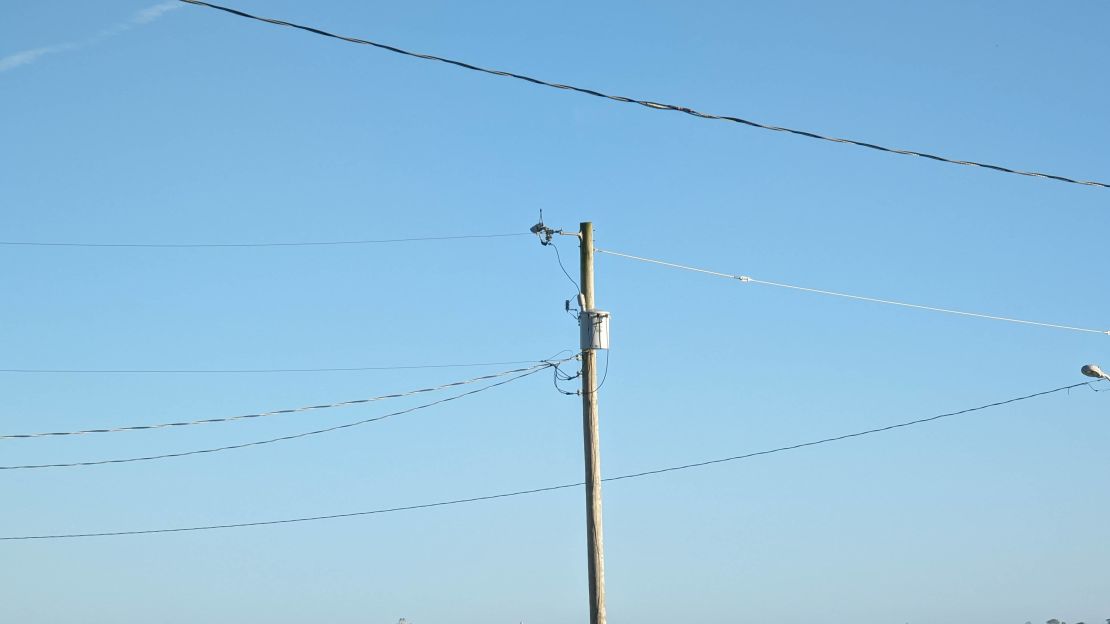
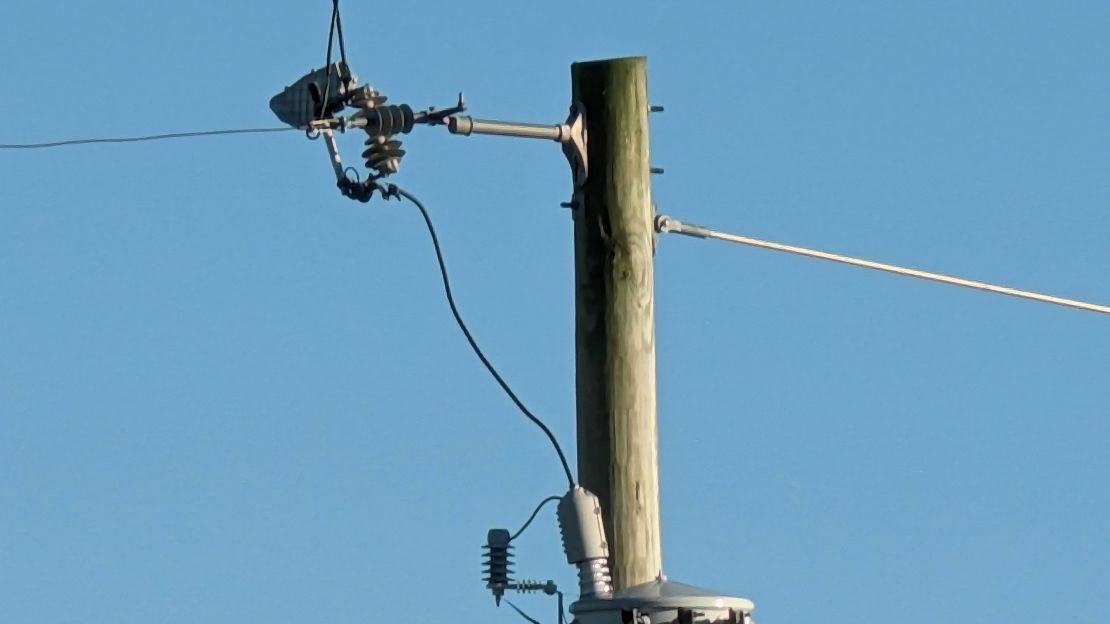
The 12-megapixel ultrawide camera on the Pixel 7 remains unchanged from the Pixel 6. That means that it captures the same 114-degree shots as before, which, to be frank, aren’t all that impressive in 2022. The Pixel 7 Pro, meanwhile, takes things up a notch with an improved 12-megapixel sensor and a 125-degree field of view. You can fit far more in an image than you can on the 7 because of it, so if you’ll be shooting a lot of wide-angle photographs with your smartphone, you’ll definitely want to check out the Pixel 7 Pro.

The same goes for zoom. The 7 Pro boasts a new 48-megapixel telephoto lens, which adds a ton of versatility to the Pixel. You can shoot 5x lossless zoom photos right off the bat, and like the main camera, you can use the middle 12 megapixels for 10x zoom. You can then zoom in all the way to 30x and get some extreme close-ups. At that point, photos tend to get a little mushy, but they’re certainly fine for Instagram.
Google also added a new macro mode that lets you get much closer to your subject than ever before. It leverages the ultrawide lens and some machine learning to sharpen images and pull out extra detail. It’s a great convenience to have when you want to capture the finer details of an object (like foliage, fruit or pets) and works similarly to macro mode on the recent iPhone Pro models.
Notably, the only zoom you get on the Pixel 7 is the 2x crop on the main camera and 10x digital zoom.

Night Sight makes its return on the Pixel 7 and 7 Pro, and it’s just as good as it’s ever been. The Pixel remains a true king in the nighttime photography game, and other features like astrophotography mode help make it even better. Such clean photos of the moon like this are simply impossible to capture on other phones.
Video quality seems to be improved over the Pixel 6 and 6 Pro. Not only do you get 4K capture at 60 frames per second on every camera, but the weird artifacting and pixelation that’s appeared on many previous Pixel phones seems to have gone away, leaving you with sharp and detailed videos.

I’d also like to point out that the selfie camera on the Pixel 7 Pro has been treated to a wider field of view so that you can fit more friends in the photo. I wish the Pixel 7 had this, but it’s great to see nonetheless.
New with the Pixel 7’s camera app are a few software tricks. The biggest one is Photo Unblur, which can take any picture in your Google Photos library — even if it wasn’t taken on a Pixel smartphone — and add some crazy processing magic to remove things like motion blur or an out-of-focus issue. It’s another feature that you have to use to understand just how good it is. Google blew me away with some of the shots it was able to unblur, such as older pictures of my family and landscapes I’d long forgotten I captured.

There’s also Cinematic Blur, which adds a shallow depth of field effect to your video’s subject. It works similarly to Apple’s Cinematic mode on the iPhone 14 Pro, minus the option to shoot in 4K. I found that it works well enough if you want to add a touch of drama to your shots. In addition, Google improved its Real Tone image processing to better reflect the color of darker people’s skin in more lighting scenarios, and a new Accessibility feature allows blind users to line their face up with the viewfinder with voice commands to take a selfie.
What we don’t like about it
Battery life can’t keep up with the big dogs, and charging is kinda slow
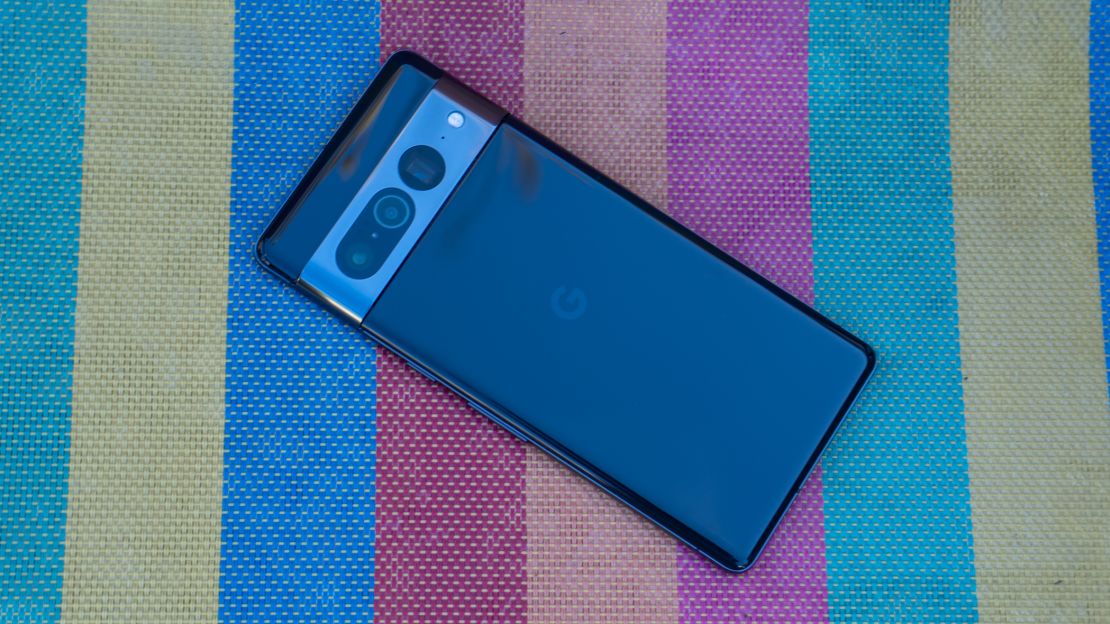
Between the Pixel 7 and 7 Pro, I’ve learned that there’s one area where Google didn’t make any improvements over the PIxel 6: battery life.
I mainly used the Pixel 7 Pro, which has a large 5,000mAh battery. We were impressed with the endurance of last year’s Pixel 6 Pro, which has the same battery, but for whatever reason, the 7 Pro feels like it took about a 10% hit on how long it can last throughout the day.
The same goes for the Pixel 7, which saw its battery shrink from 4,600mAh in the Pixel 6 to 4,355mAh. On this device, I noticed that I was really struggling to get through a full day. In fact, it was nearly impossible — the best I could do was watch it die at 10 p.m.
In our battery test (which consists of continuous 4K video playback), both phones lasted the same 15-plus hours before conking out. But in day-to-day usage, the generation-over-generation difference was much more noticeable. These are definitely phones you’ll be charging throughout the day.
Speaking of which, Google didn’t increase the charging speed of either new Pixel phone. You’re still stuck with 30W wired charging, which, by today’s standards, isn’t very fast at all. For example, the Galaxy S22 Ultra can charge at 45W, while phones like the OnePlus 10T can go all the way up to 125W. Compared to other phones I’ve tested, charging the Pixel 7 and 7 Pro felt slow, to a point where I wasn’t really sure if they were charging at all. Hopefully, Google makes some improvements in this area with the Pixel 8.
Face Unlock is a joke
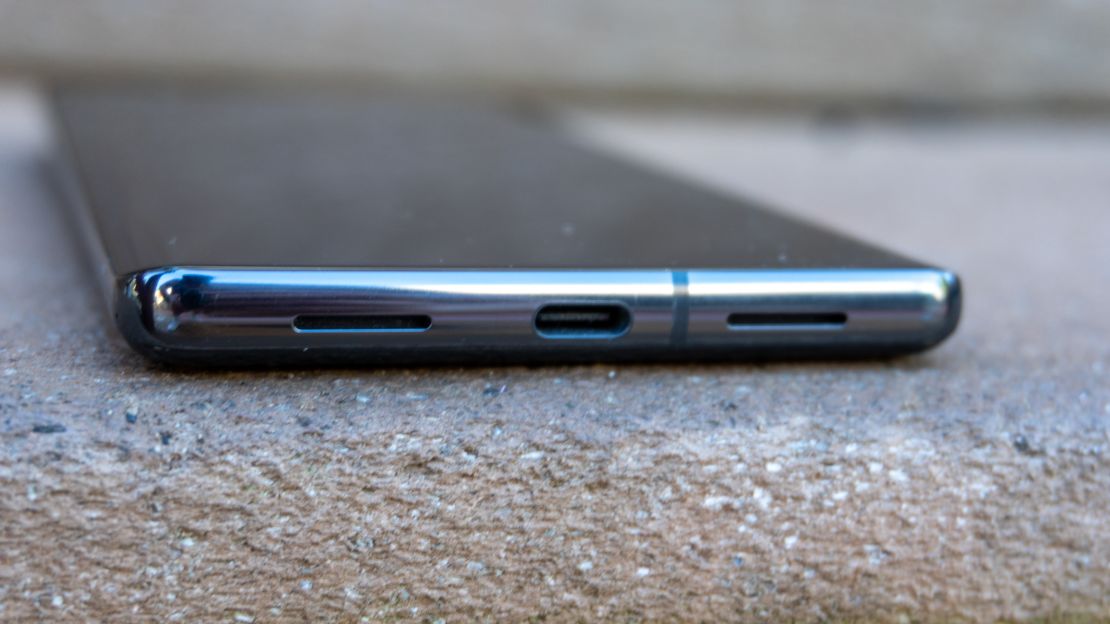
I’m not gonna spend a ton of time here: Face Unlock on the Pixel 7 is pretty much a joke. Google brought the feature back after including it on the Pixel 4, then ditching it with the 5. But unlike the Pixel 4, the Pixel 7 doesn’t have a fancy array of sensors and IR lights to record your face data and make it impossible for anyone to unlock your phone. In fact, because it only uses the front-facing camera, I was able to hold up a selfie I took on my iPhone to the camera and unlock my Pixel.
If you care about the security of your phone, I’d stick with the in-display fingerprint scanner, which works beautifully.
The Pixel 7 and 7 Pro run pretty hot
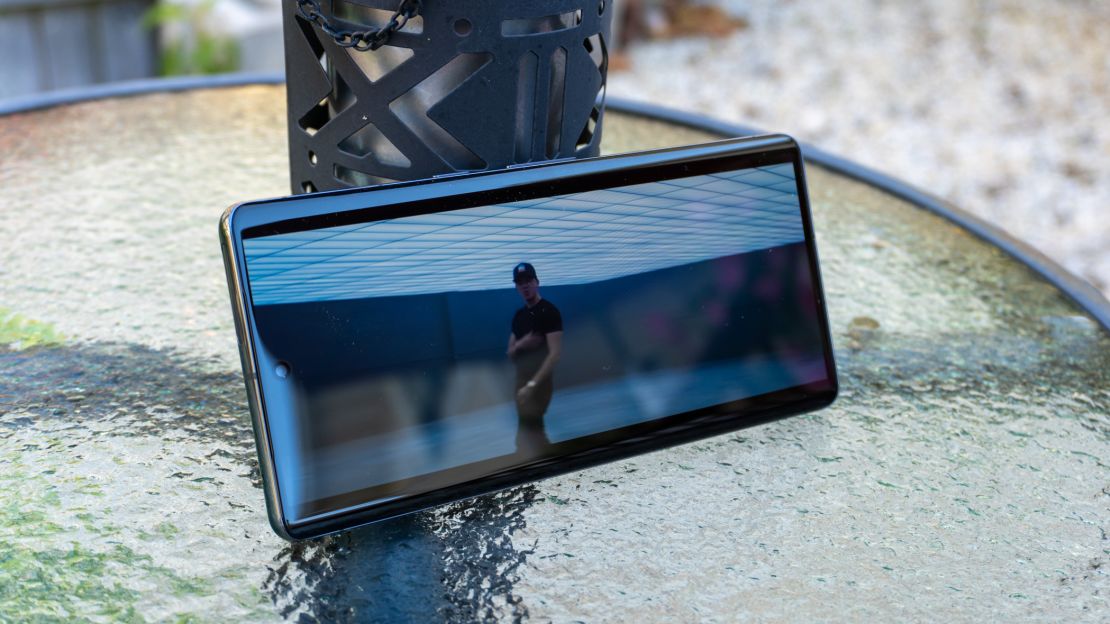
I noticed that both the Pixel 7 and 7 Pro regularly got hot during my testing. I wasn’t doing anything especially wild with them either — just things like playing music in the background, texting my friend and updating some apps. That’s never enough to make other phones in my arsenal warm up, especially not to the point where the Pixel 7 reached.
Things got even hotter when a couple of videos I recorded tried to upload to Google Photos over 5G. I kid you not, I went to dinner while they were uploading and they didn’t finish until the check came, so my Pixel 7 Pro was burning up pretty bad.
I’m not sure if this is a software bug or not, but I’ll be reaching out to Google to get some clarification.
How it compares
| Display | 6.3-inch 1080 x 2400 OLED display, 90Hz |
6.7-inch 1440 x 3120 OLED display, 120Hz |
6.1-inch 2532 x 1170 Super Retina XDR display, 60Hz |
6.1-inch Dynamic AMOLED 2X display with always-on, 120Hz |
|---|---|---|---|---|
| Processor | Google Tensor G2 |
Google Tensor G2 |
Apple A15 Bionic |
Qualcomm Snapdragon 8 Gen 1 |
| Memory | 8GB |
12GB |
6GB |
8GB |
| Storage | 128GB / 256GB |
128GB / 256GB / 512GB |
128GB / 256GB / 512GB |
128GB / 256GB |
| Rear cameras | 50-megapixel wide camera, 12-megapixel ultrawide camera |
50-megapixel wide camera, 12-megapixel ultrawide camera, 48-megapixel telephoto camera |
48-megapixel main camera, 12-megapixel ultrawide camera, 12-megapixel telephoto |
12-megapixel ultrawide, 50-megapixel wide and 10-megapixel telephoto |
| Front camera | 10.8-megapixel |
10.8-megapixel |
12-megapixel TrueDepth camera |
10-megapixel |
| Dimensions | 6.1 x 2.9 x 0.3 inches, 6.9 ounces |
6.4 x 3 x 0.3 inches, 7.5 ounces |
5.78 x 2.82 x 0.31 inches, 6.07 ounces |
2.7 x 5.7 x 0.29 inches; 0.37 pounds |
| Colors | Obsidian, Snow, Lemongrass |
Obsidian, Snow, Hazel |
Midnight, Purple, Starlight, Product Red, Blue |
Phantom Black, Phantom White, Green, Pink Gold, Bora Purple |
| Price | $599 | $899 | $799 | $759.99 |
Bottom line
The Pixel 7 and 7 Pro are very similar to the Pixel 6 and 6 Pro, to a point where you won’t notice much difference if you upgrade. But if you’re coming from a Pixel 5 or older, you’ll dig everything about these phones.
The Pixel 7 has excellent bang for your buck. With its powerful Tensor G2 processor, beautiful display, excellent camera quality and superb software, you can’t go wrong for $599. In a similar vein, the 7 Pro has all of those qualities turned up a few notches for $300 more at $899. If you’re more a fan of traditional flagship phones and want excellent cameras and software, the 7 Pro is the way to go.
Compared to the iPhone 14 and Galaxy S22 series, the Pixel 7 and 7 Pro manage to hold their own by offering great software and camera quality. Google, by every standard, has delivered some of the best phones you can buy, and anyone who picks them up over an iPhone or Galaxy won’t regret their decision, as long as they’re willing to live with less battery life in favor of a uniquely great camera experience and lots of smart features.

